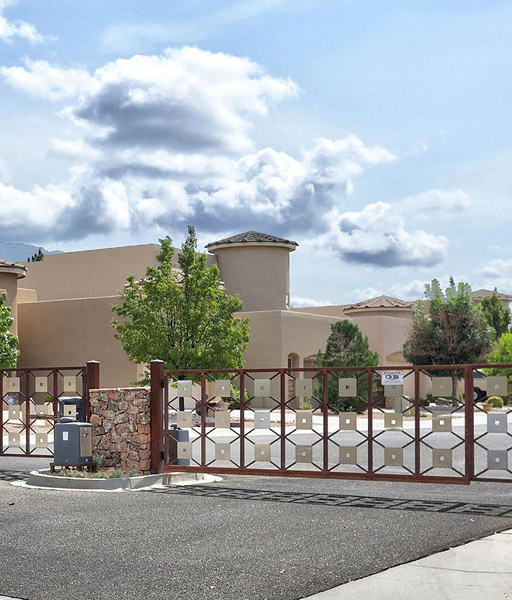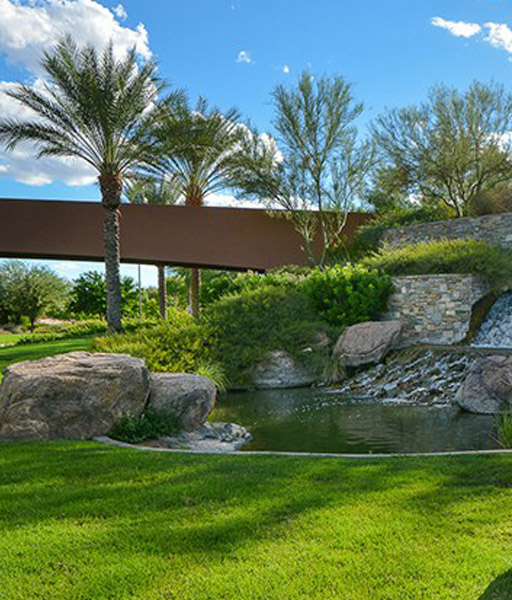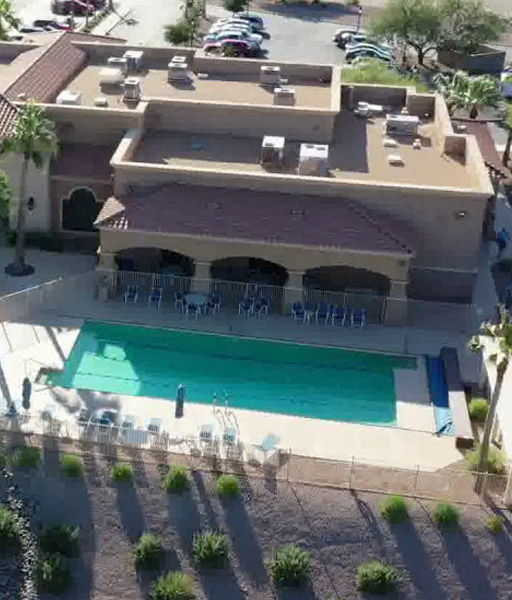Case Studies
)
SCENARIO
Sun City Anthem at Merrill Ranch is a large, Active Adult community in Florence, Arizona. The community features a 48,000-square-foot recreation center that is highly trafficked and houses a variety of events. Due to many events, the building needs to be cleaned highly and requires extensive event set-up and take-downs. The association hired an outside housekeeping contractor to clean the building five days a week, with a porter service on the sixth day.
Additionally, the contractor charged a separate fee per event since the number of annual events hosted could not be predetermined. As the number of events increased, this cost continued to rise to approximately $12,000 annually. It was noted that there was an opportunity to bring housekeeping in-house and have the event set-ups/take-downs included in the job description.
RESEARCH PREPARED
Extensive research was conducted to determine the total cost of hiring seven-day-a-week housekeeping coverage, annual wages, and the additional tax and benefit burden associated with in-house employees.
PROPOSED SOLUTION
In light of the research findings, it was decided to hire three part-time housekeepers and one additional maintenance technician to assist with event set-up and take-down.
OUTCOME
As a result of bringing housekeeping in-house, we were able to cover the entire building, increase our management oversight, and save $25,000 per year.
)
SCENARIO
An upscale gated community in Scottsdale, Arizona, the Ancala Community Association is spread across seven miles of roads, necessitating three entry points to the community. The main entrance gate is utilized for the largest portion of entries into the community, and the west and east gates are mostly utilized by owners nearby, as well as new construction and vendor access. The main entrance gate has a 24-hour guard service, and the west gate houses a guard seven days a week from 6 am to 6 pm. The east gate is set up with a call box access. Upon initial review of gate entries, it was noted that the guard at the west gate did not have sufficient traffic to warrant daily service.
RESEARCH PREPARED
To further review gate entries, a study detailing the daily usage of each entry point was prepared. This study analyzed the highest hours of use for each entry point daily.
PROPOSED SOLUTION
It was found that the west gate usage was minimal in comparison to the main entrance. A proposal to change the current guard position from 84 hours per week to 40 hours per week was submitted to the Board of Directors for consideration. In addition, it was proposed to change the job responsibilities of the west gate guard from being a dedicated fixed position to a "flex" position that would allow the guard to assist in other areas of the community as needed.
OUTCOME
The west gate call box is now being used instead of a dedicated security officer for entries at this gate. There have been no issues or complaints related to this change. In addition, the "flex" position schedule has been implemented. Implementing the "flex" position has allowed the officer to be used for assistance at the main entrance, effectively reducing traffic and lines at this entrance. In addition, this allows for flexibility in using this position for patrol or other needs within the community. Monetarily, this change resulted in a $24,000.00 annual cost reduction to the Association.
)
SCENARIO
Trilogy at Vistancia is a large highly amenitized Active Adult community located in Peoria, Arizona. When the community was just over 12 years old, it was starting to experience some common age related issues including clogged irrigation valves and broken pipes. Left unfixed, these issues caused leaks which ultimately produced a lot of wasted water.
Upon preliminary research to address the concern of water loss, it was discovered the installation of flow control sensors and valves that immediately stop the flow of water when the system senses a problem would be the most effective solution in preventing future water loss. Unfortunately, this technology was not available when the community infrastructure was put into place and would be a substantial cost to the Association for the installation.
In 2014, the community was awarded a grant through the City of Peoria which allowed for the installation of 11 flow control sensors and valves resulting in a significant water loss cost savings.
However, with a total of 109 water meters serving 972 acres, the need to install the remaining flow control sensors and valves was imperative to continue to conserve water and save money for the community.
RESEARCH PREPARED
The first step was to request 3 competitive bids from different landscape companies for the installation of the community’s remaining flow control sensors and valves.
PROPOSED SOLUTION
To help alleviate the cost burden to the Association, the Community Manager advocated for the community and applied for another grant through the city. A submittal package was prepared including explanation of the project, completed grant application and copies of the bids. This package was then sent to the city of Peoria for review.
OUTCOME
The community was awarded the grant in the amount of $9,633.26, which covered the entire cost of installation of the flow control sensors and valves. By installing the system, the community no longer experiences high levels of water loss, resulting in even greater savings.
)
SCENARIO
The Villagio at Tempe is a large condominium complex in Tempe, Arizona. Due to the association’s size, numerous exterior building lights illuminated the common areas. The Association’s annual electricity bill averaged $255,000.00 with light usage. To reduce these costs, AAM assisted the Association in researching the cost of replacing the current non-energy-efficient light fixtures with energy-efficient LED light fixtures.
RESEARCH PREPARED
The first step was to research different sustainable lighting companies that could provide the association with a commercial solution. Three companies were identified and asked to provide cost proposals for the work.
PROPOSED SOLUTION
The proposed solution was to replace the 1,422 exterior non-energy efficient light fixtures with energy efficient LED light fixtures. The bids for the work were presented to the Board for consideration.
OUTCOME
Upon completion of the work, the Association on average now experiences an annual savings of $41,000.00, which equates to 16% savings annually from before the replacements were installed (this figure does not account for annual increases in electrical costs from the provider). With the annual savings of $41,000.00, it was determined that it will take nearly nine years for the savings to bypass the initial cost of the replacements. Given that the average life expectancy of LEF bulbs is between 10-17 years, the Association should also expect to see significant saving throughout the life of the energy efficient LED light fixtures.
)
SCENARIO
Sundance Adult Village HOA is an amenity and lifestyle-rich community in Buckeye, Arizona. In 2015, the Community Manager conducted a thorough cost analysis of the community’s operating expenses. During this assessment, it noted that the propane used to heat, the community pools were unusually high, and usage needed to be investigated further for any potential cost savings.
RESEARCH PREPARED
The first step in the propane usage investigation was to determine if there were any leaks in the system. The system was inspected for leaks, and it was determined that they were functioning properly. Next, the product cost for the propane was analyzed, and multiple vendors provided various cost options. This analysis determined that the best approach for propane sourcing would be to enroll in annual contract pricing. With annual contract pricing, the community would be supplied with a year’s worth of propane at a fixed cost per gallon. This would help avoid the fluctuation in propane costs throughout the year.
PROPOSED SOLUTION
A proposal was presented to the Board of Directors to contract with the propane provider for annual usage at a fixed rate.
OUTCOME
This community saved $26,000.00 annually after implementing a fixed rate annual propane contract.
